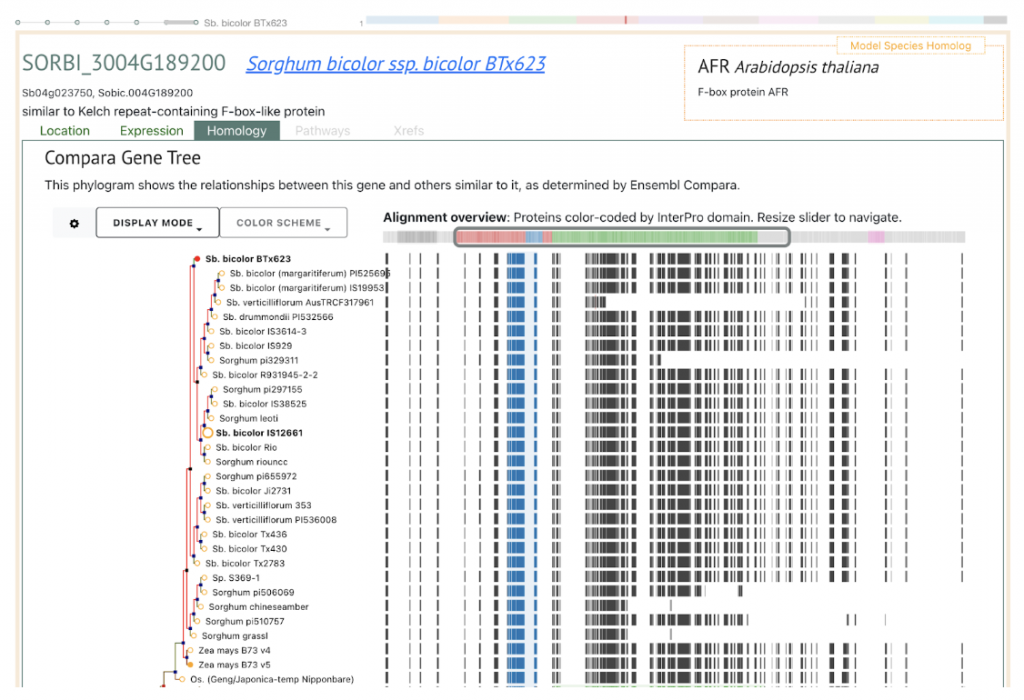Major traits in Sorghum Bicolor Linked to SNP Markers showing Potential for Future Use in Genomically Selective Breeding
The Ethopian sorghum crop is extremely genetically diverse and exhibits a large phenotypic variation in traits such as yield, biomass and plant height. The fact that the germplasm is also widely adapted to both biotic and abiotic stresses makes it a valuable resource for enhancing desirable traits. Genome-wide association study (GWAS) has been used to identify genomic regions associated with different sorghum traits. However, many of these studies have been performed on germplasm that is the product of genetic selection for desirable traits, resulting in research on crops with reduced genetic diversity, which limits the ability to detect genomic regions associated with traits of interest. Researchers from Addis Ababa University, Swedish University of Agricultural Sciences, Ethiopian Biotechnology Institute and Ethiopian Institute of Agricultural Research conducted a marker trait association study on six traits (days to flowering, plant height, panicle length, panicle width, panicle weight, and grain yield) of 309 Ethiopian accessions, grown in three locations. A total of 54 MTAs were detected. Additionally, three single nucleotide polymorphisms (SNPs) were linked to multiple traits such as the Sobic.004G189200 gene, which contained a SNP associated with both plant height and panicle weight. A particularly important outcome of this research was that major effect SNP loci, Sbi2393610, Sbi10438246, Sbi17789352, and Sbi30169733 on chromosomes 1, 3, 5 and 9 were strongly associated with panicle width, days to flowering, grain yield and panicle length respectively. Overall, the study reveals more about the genetic control of important sorghum traits and, after further investigation to validate the findings, the information gleaned could be used in genetically selected breeding of sorghum crops.
SorghumBase Example:

Reference:
Enyew M, Feyissa T, Carlsson AS, Tesfaye K, Hammenhag C, Seyoum A, Geleta M. Genome-wide analyses using multi-locus models revealed marker-trait associations for major agronomic traits in Sorghum bicolor. Front Plant Sci. 2022 Oct 7;13:999692. PMID: 36275578. DOI: 10.3389/fpls.2022.999692. Read more
Related Project Websites:
Mulatu Geleta’s page at Swedish University of Agricultural Sciences – https://www.slu.se/en/ew-cv/mulatu-geleta-dida/
Biotechnology PhD Program – https://sida.aau.edu.et/index.php/biotechnology-phd-program/

